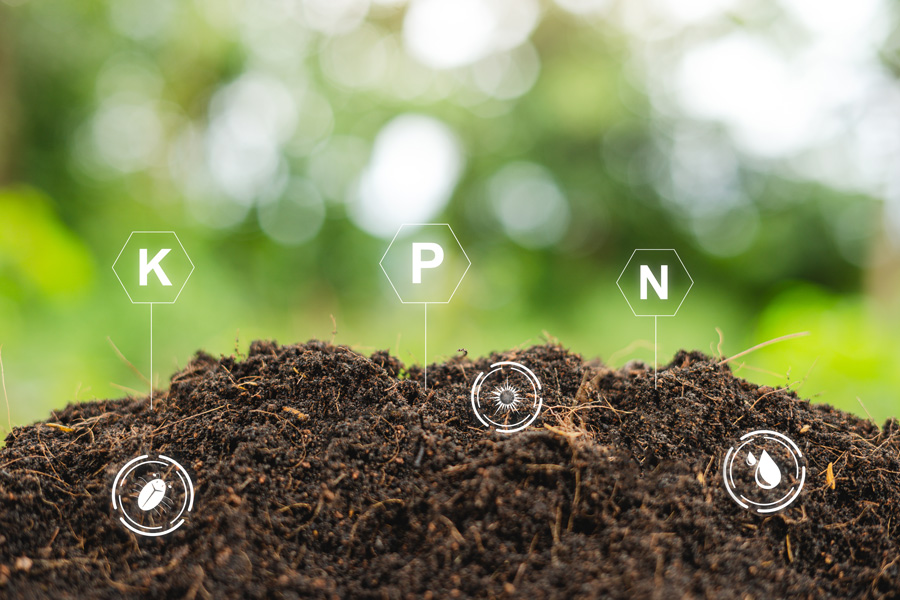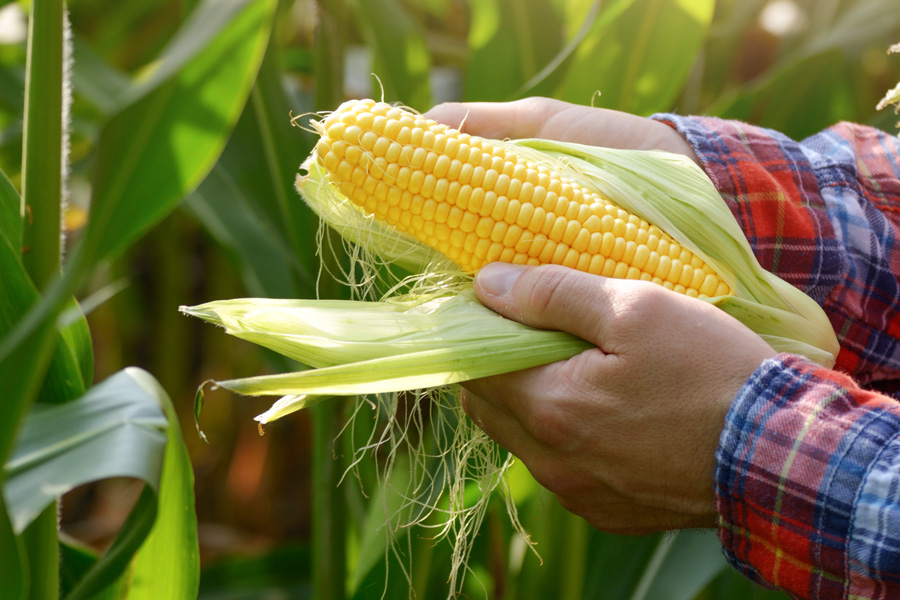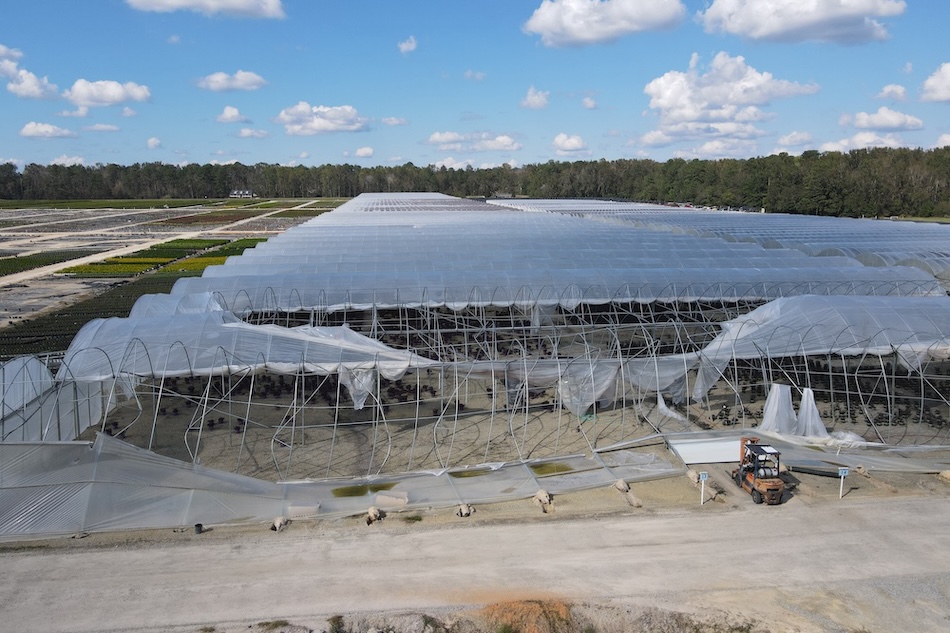Glossary
Terms used in this publication include:
- Biochar
- Soil amendment product that is produced by burning organic feedstock under limited-oxygen conditions.
- Biosolids
- Solid organic matter that is produced as a result of sewage treatment processes.
- Cation Exchange Capacity
- A measure of how many positively charged ions are present in soil; this indicates how well the soil can provide nutrients to plants.
- Colony-Forming Units (CFU)
- CFU is a unit of measurement indicating the number of microbial (bacteria, virus, fungi) cells in a sample that are capable of growing or developing.
- Compost
- A mixture of decomposed organic materials; when piled and mixed properly, decay is accelerated and pathogens and weed seeds are destroyed in the process.
- Dissolved Air Flotation (DAF)
- A wastewater treatment process that removes suspended materials through a process involving pressurized air that forces the materials to the surface, where they can be skimmed off more easily.
- Enteric Virus Analysis
- An analysis of treated sewage sludge to determine the amount of enteric viruses in the material. Most enteric viruses cause gastrointestinal illness but they also can cause more serious issues. They typically are transmitted by materials contaminated with feces.
- Fecal Coliform
- Bacteria that live in the intestinal tracts of warm-blooded animals.
- Feedstock
- Organic materials used in compost, such as yard trimmings, food scraps, animal waste, crop residues, food processing by-products, and untreated wood chips or sawdust.
- Geometric Mean
- In basic terms, this is a way of determining the average of a set of numbers—such as multiple measurements of fecal coliform taken from a water sample. Mathematically, this is calculated by multiplying all the values together and finding the root of the resulting number. This is different from what most people think of when the term “mean” (arithmetic mean or average) is used, which is when values are added together and divided by the number of values.
- IBD Soil Amendment
- A soil amendment derived from industrial by-products
- LAS Permit (Land Application System Permit)
- In Georgia, this is a permit needed to apply treated wastewater to land.
- Most Probable Number (MPN)
- A statistical method to estimate a sample’s concentration of microbes (bacteria, viruses, fungi) that are capable of growing or developing.
- NPDES Permit (National Pollutant Discharge Elimination System Permit)
- In Georgia, this permit is required for any “point source” that allows discharge into state waters. The point source may be a pipe, ditch, well, etc. State waters include lakes, streams, creeks, springs, and other surface or subsurface water, manmade or natural.
- Salmonella
- Bacteria that cause gastrointestinal illness with symptoms like nausea, stomach pains, diarrhea, and fever.
- Soil Amendment
- Sometimes called a soil conditioner, this is any substance that is intended to change (usually improve) the chemical and physical properties of soil. However, fertilizers, lime, pesticides, and manures are excluded from this definition.
- Viable Helminth Ova Analysis
- Helminth ova are eggs of parasitic worms that frequently are found in wastewater or sewage sludge. Analyzing a sample for these eggs helps prevent materials that might cause illness from being spread on pastures, crops, or other land.








